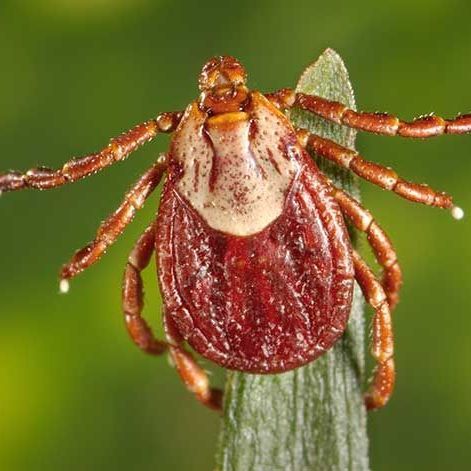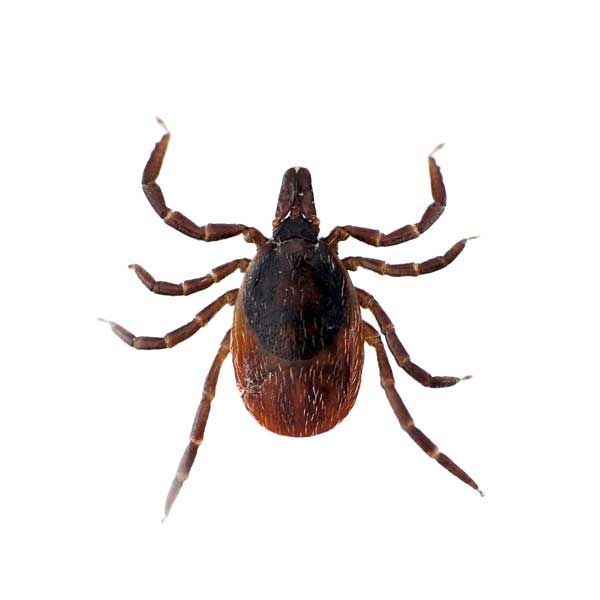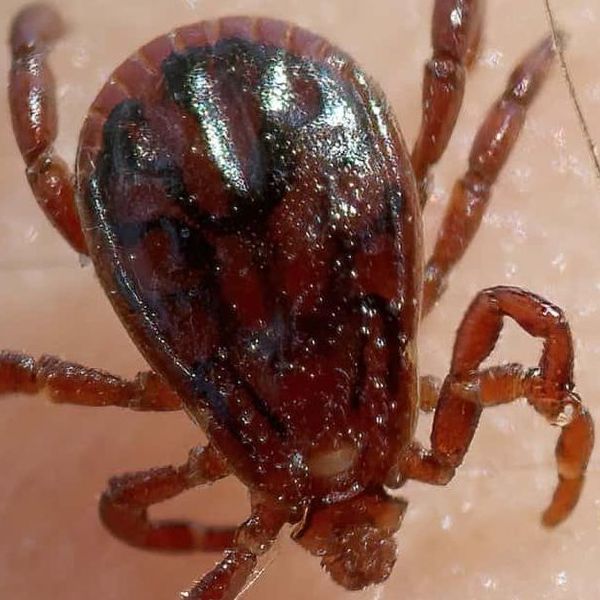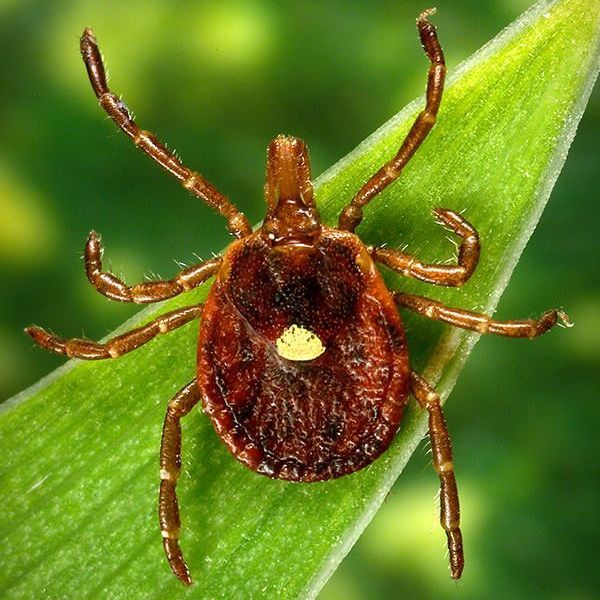Ticks Of North Texas

American Dog Tick
- The American Dog Tick is identified by it's darker red color paired with off-white markings on the abdomen. Full sized adults average 1/4 inch in length.
- Can carry and transmit Rocky Mountain Spotted Fever.
- Located in areas with little to no shade, favoring grassy fields, trails, & walking trails.
- Seek host that range in size from smaller rodents to deer.
- Larvae have 6 legs, adults have 8 legs.
- Can cause Canine Tick Paralysis if left untreated depending on the latch location

Black-Legged(Deer) Dog Tick
- The Black-Legged Tick is identified by the darker brown/black body paired with darker colored legs vs other tick species. Full sized Adults average about 1/8 inch in length.
- Females have a much brighter reddish-orange area surrounding the darker scutum. Female Ticks require a blood meal to lay eggs, whereas adults don't feed.
- Larvae have 6 legs, adults have 8 legs.
- The most common Tick to carry Lyme Disease, seeking larger mammal host such as Deer most commonly, and even Humans.
- Commonly like to place themselves in areas not often interacted with, such as behind the ear, hair lines, and the backs of mammals.
- Increased issues involving Humans in recent years.
- Primarily active October - May as long as temperatures don't drop below freezing consistently.
- Most commonly found on branches, shrubs, tall grass, wooded areas.

Brown Dog Tick
- The Brown Dog Tick is identified by their much darker color than the other variety of ticks in the area. It is hard to distinguish males from females due to a lack of markings/color.
- Can cause Rocky Mountain Fever, Canine Monocytic Ehrlichiosis in dogs, and pathogens responsible for causing Human Ehrlichiosis in some cases.
- Commonly found in grassy areas, shrubs, near dog houses, and is the most common tick to be found within a dwelling.
- Larvae have 6 legs, adults have 8 legs.
- More commonly found in warmer environments.

Lone Star Tick
- The Lone Star Tick is easily identifiable due to the single white dot in the center of the of the abdomen on females. Males are a darker brownish-red with lighter colored markings around the festoons. They range in color from a reddish-brown, to a grayish-brown in color. They get up to about 1/4 inch in length.
- Larvae have 6 legs, adults have 8 legs.
- More active and seeking of a host than most other ticks, as they will seek a host vs waiting to find one.
- Primarily found outdoors, located in fields and wooded areas.
- Bites can cause rashes around the bitten area, red meat allergies, can transmit the germs causing Human (Monocytic Ehrlichiosis), Rocky Mountain Spotted Fever, and 'Stari' borreliosis.